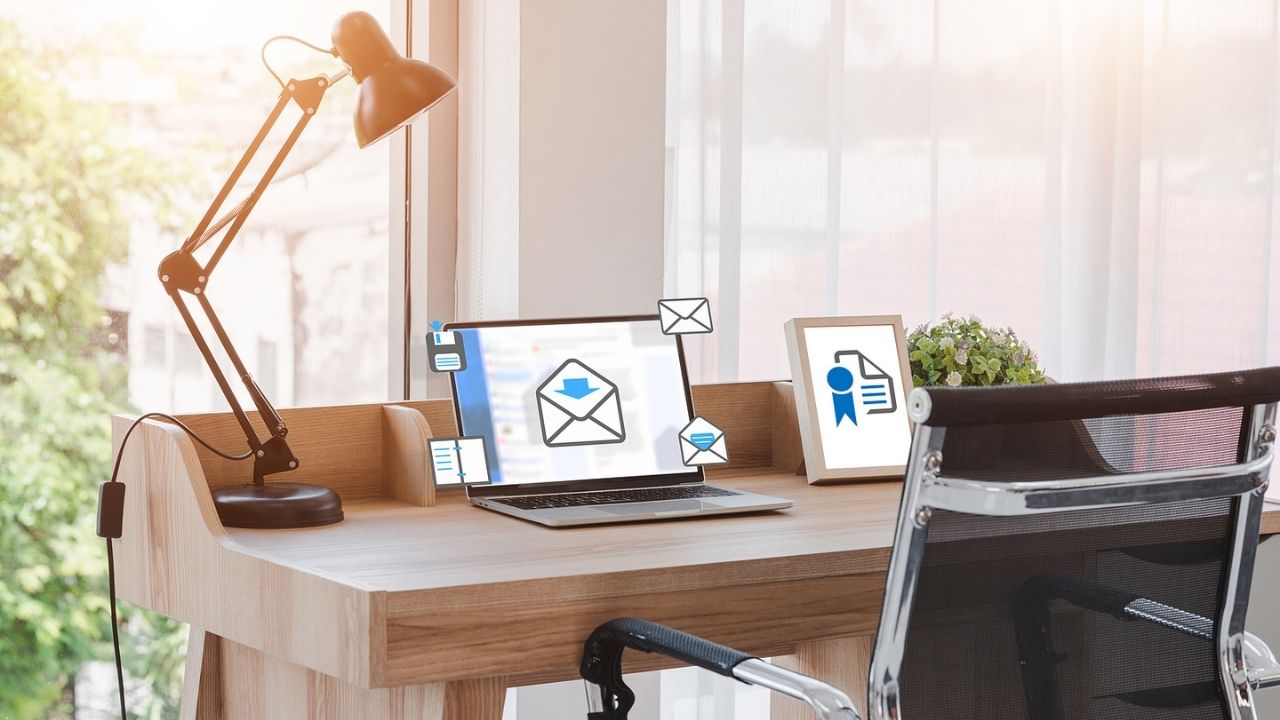- Cat Johnson’s latest Coworking Convo focused entirely on email marketing content.
- The event crowdsourced the best tips and ideas from coworking operators and marketing professionals.
- Planning in advance, getting creative with your subject line, and keeping content fresh are some of the tips shared by experts during the event.
Email has been around for years. Decades, even. As far as marketing strategies go, email is one of the best and most reliable forms of communication available.
And yet, writing email content never gets any easier.
Planning topics, figuring out what to write, crafting a catchy subject line, coming up with a call-to-action, and of course, writing email content that actually converts. Getting it right takes time, practice, and inspiration.
Happily for coworking space operators, help is at hand in the form of Cat Johnson’s Coworking Convo. The latest instalment (October 2021) focused entirely on email marketing content, crowdsourcing the best tips and ideas from coworking operators and marketing professionals.
Guest speakers included Kim Seipel from Pacific Workplaces and Cloud VO, Jerome Chang from BLANKSPACES, Rachel Kelly from Make Lemonade, and Josh Rencher from Ironfire.
Here are Allwork.Space’s top takeaways from the Convo:
Kim Seipel: It’s all about planning.
Plan email content in advance and include it in your content calendar, says Kim. That way, it’s less likely to slip off your radar. This also makes it easier to link email campaigns with other marketing strategies, such as press releases or product launches, and will give you “double bang for your buck”.
Another tip from Kim is to ensure that your call-to-action (CTA) is clear and relevant. Don’t be tempted to go for clickbait – if you promise something, make sure you deliver on it in as few clicks as possible.
Finally, on that note, focus on making the customer journey is seamless.
“When people click, make sure the structure of their journey is streamlined. Remember that people want instant gratification, they want to transact as quickly as possible.” Anything that doesn’t meet their expectations quickly will result in lost interest, and lost sales.
Jerome Chang: Use your own voice.
Jerome has been running coworking spaces since 2008, and he always aims to fulfil the role of ‘operator’ as well as owner. Part of that means emails to the BLANKSPACES community reflect his own voice.
Your customers are there partially because they want to be with a small business, says Jerome. “They want to know your journey, how you’re getting through this. This is a letter to them.”
While your email content can (and should) be human, your subject line can be punchier. You can use this space to include other elements of the email – such as a promotion – to entice readers to open it. Once you have their attention, speak to them personally. Even if it’s just a small introduction, this is your chance to use your own voice and level with your members as a fellow business owner.
Rachel Kelly: Keep it simple, fun, and consistent.
Rachel’s email campaigns follow three key rules: Keep it simple. Keep it fun. Keep it consistent.
The ‘simple’ rule is that it’s a weekly newsletter to everyone in community, in a simple format that’s open to everybody. It’s fun and personable; a letter from Rachel about what’s going on in the world and in the community. As for consistency, it’s sent every Wednesday without fail.
Another fun element is in the name. Rather than calling your newsletter a newsletter, give it a name. Rachel calls hers ‘Hump Day Magic’; it’s obvious that it’s a newsletter, so this is your chance to inject a little personality.
Another tip from Rachel is to use your best-performing emails to carry additional content. For instance, the ‘confirmed’ email (such as a booking confirmation email) is usually the most-opened. You can leverage this to include an upsell, an update about your space, an upcoming event, etc.
Finally, although it’s important to use a friendly, personable tone when communicating with members, Rachel is very careful to keep instances of ‘I’ or ‘me’ to a minimum. She uses a ratio of 3:1 in favor of ‘you’ versus ‘I’.
Josh Rencher: Leverage your events.
At Ironfire, events are a big part of their community, so their email marketing strategy focuses almost entirely around their events program. Josh explains why it works:
- It keeps the content fresh. There is always new content, new events, reminders, updates, and recaps, which gives you plenty of new content. It also gives you a great opportunity to change the imagery in your newsletter. “Visuals are so important”, says Josh. “You can only post so many pictures of your space.” By leveraging events you get lots of new marketing imagery such as headshots of speakers and photos of people in your space.
- It gives people a reason to share your newsletter. A lot of people who want to go to an event don’t want to go alone, so they share it with other people and either invite them, or send it along for their interest, which attracts new subscribers.
- It shows off the vibrancy of your space. Events bring people together and show that you have a vibrant community, that you’re “a convener”. Josh often finds that people who receive his newsletter not only want to attend events, but want to speak at them, which provides a constant stream of new ideas for their event calendar.
One of Josh’s top tips is to come up with a fresh CTA.
“You want people to RSVP then and there,” which means your CTA and event description must be enticing. Consider a CTA such as ‘count me in’ or ‘save my seat’ rather than simply ‘RSVP’.
Josh is also positioning Ironfire as the go-to for local business events. He does this by promoting other (carefully chosen) events within the ecosystem.
“I want our newsletter to be the go-to newsletter for our small business community.” This not only positions Ironfire as “in-the-know” but also generates goodwill with other workspaces and event venues locally, and means they are more likely to reciprocate.
“But be selective,” added Josh. “Only share quality events from reputable organizations. They should resonate with your community. Always add value.”


 Dr. Gleb Tsipursky – The Office Whisperer
Dr. Gleb Tsipursky – The Office Whisperer Nirit Cohen – WorkFutures
Nirit Cohen – WorkFutures Angela Howard – Culture Expert
Angela Howard – Culture Expert Drew Jones – Design & Innovation
Drew Jones – Design & Innovation Jonathan Price – CRE & Flex Expert
Jonathan Price – CRE & Flex Expert













